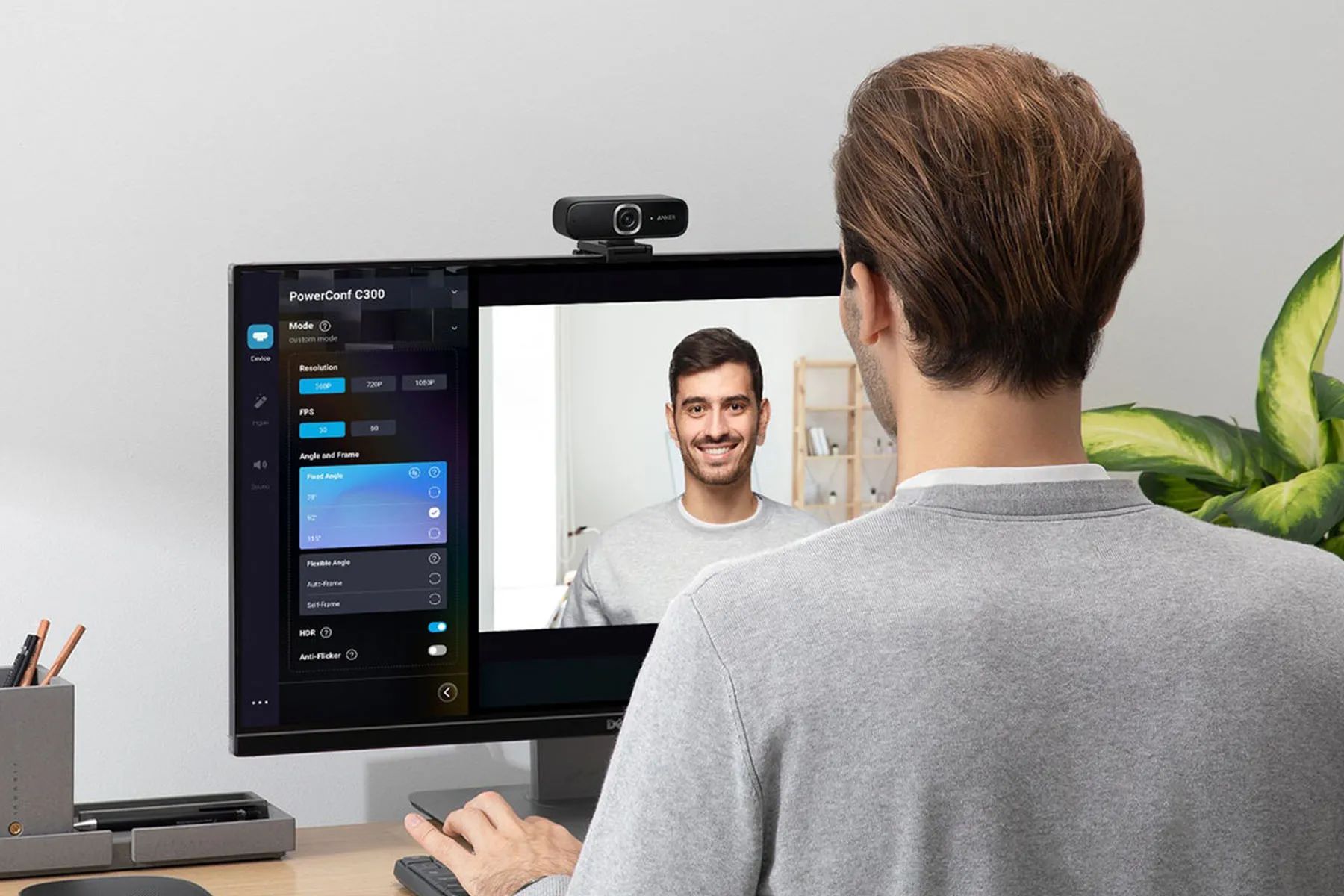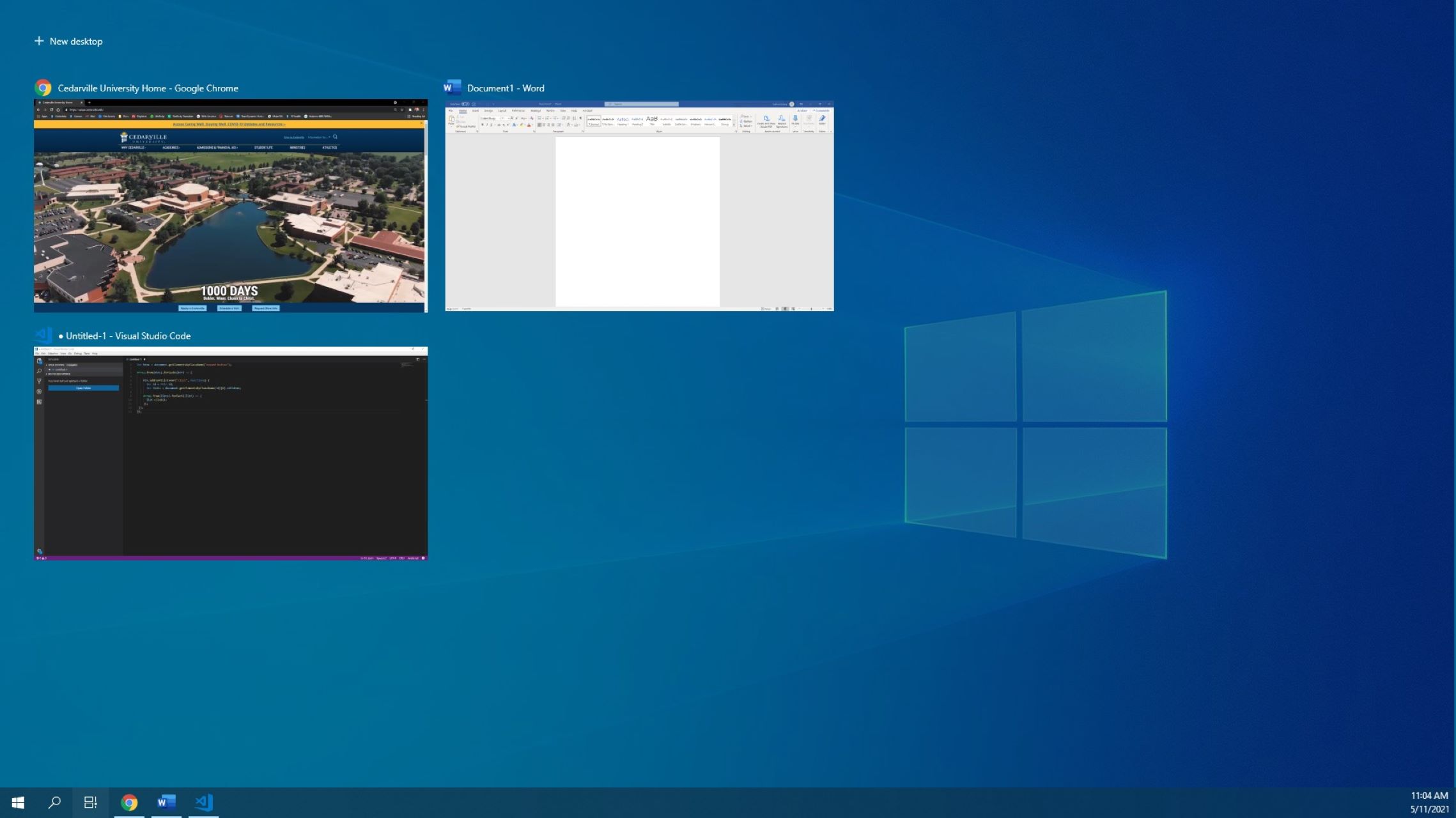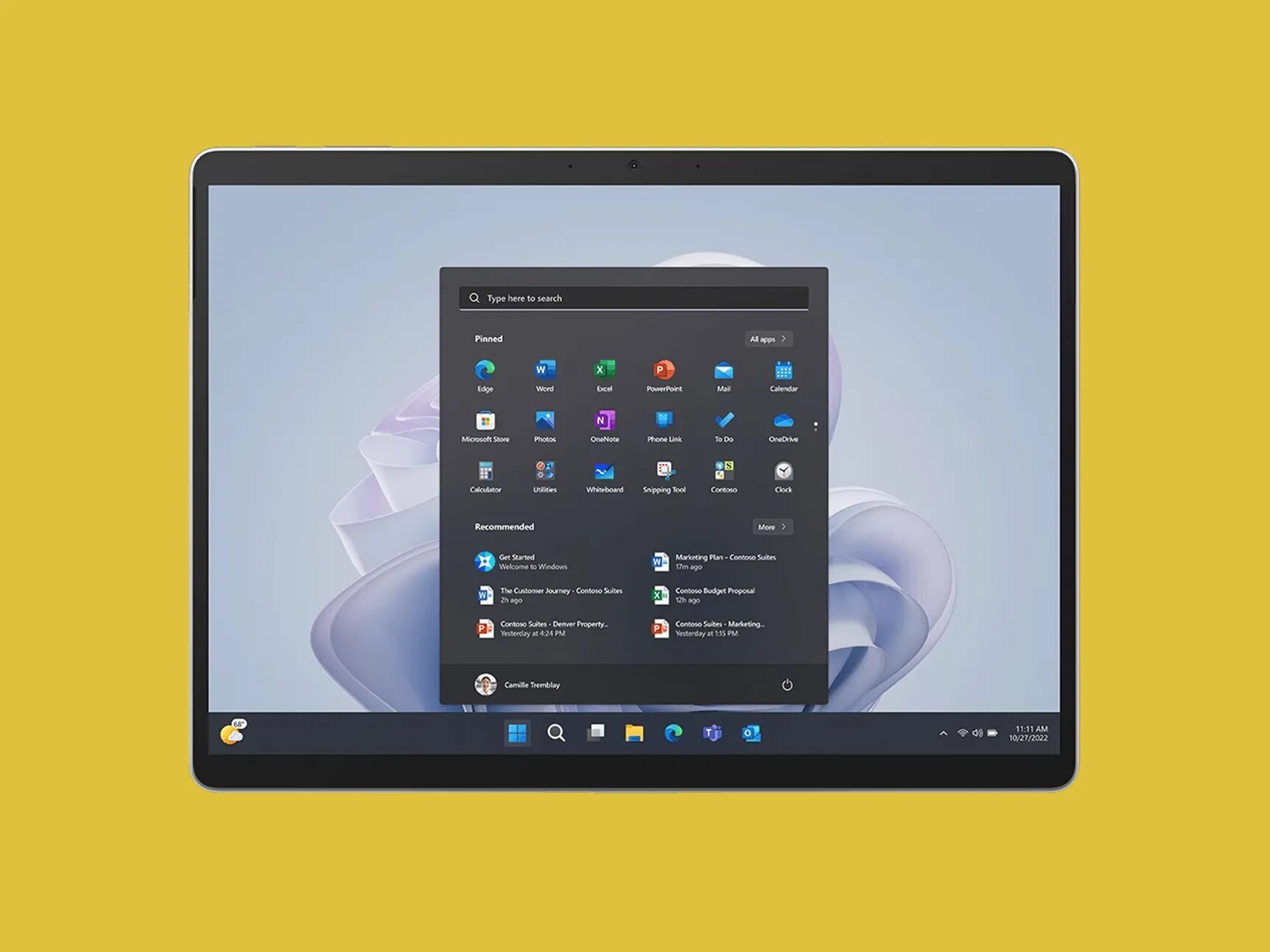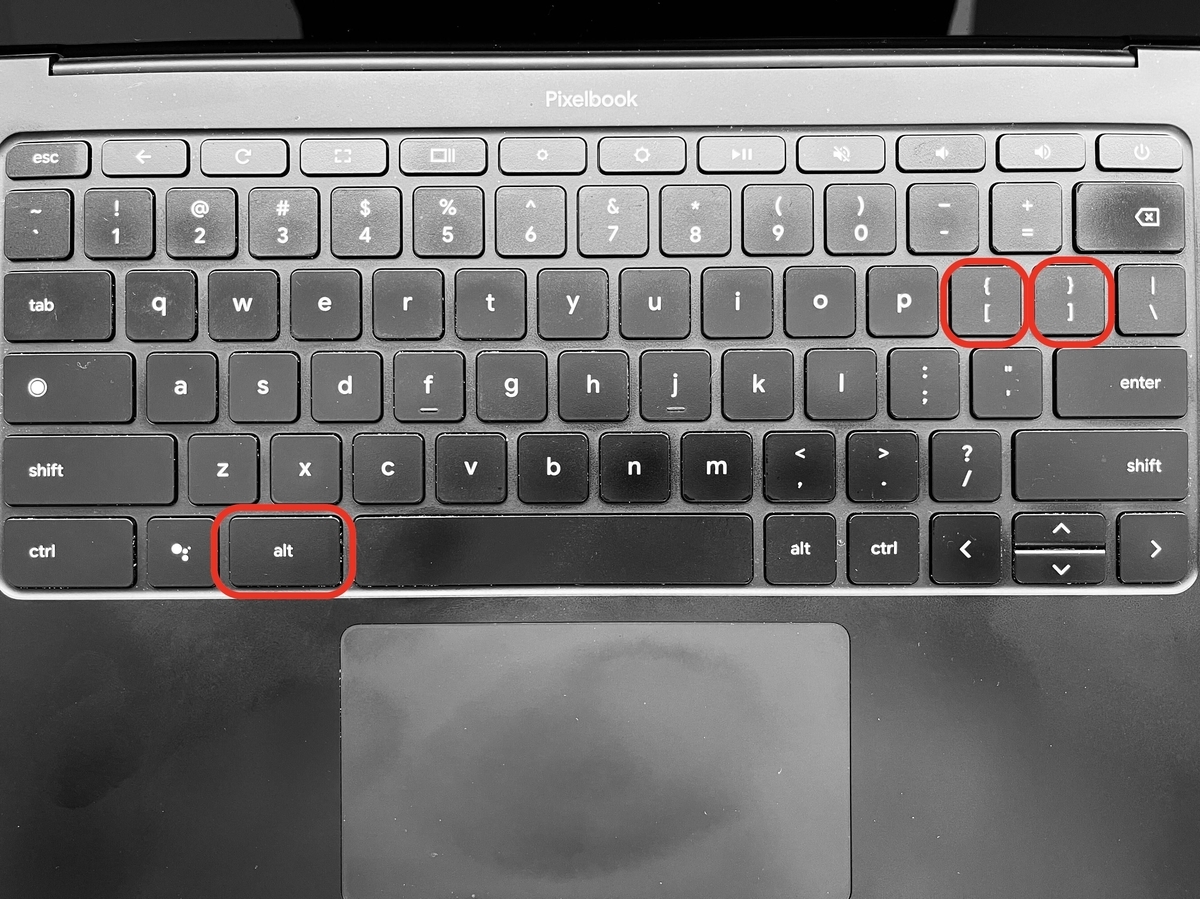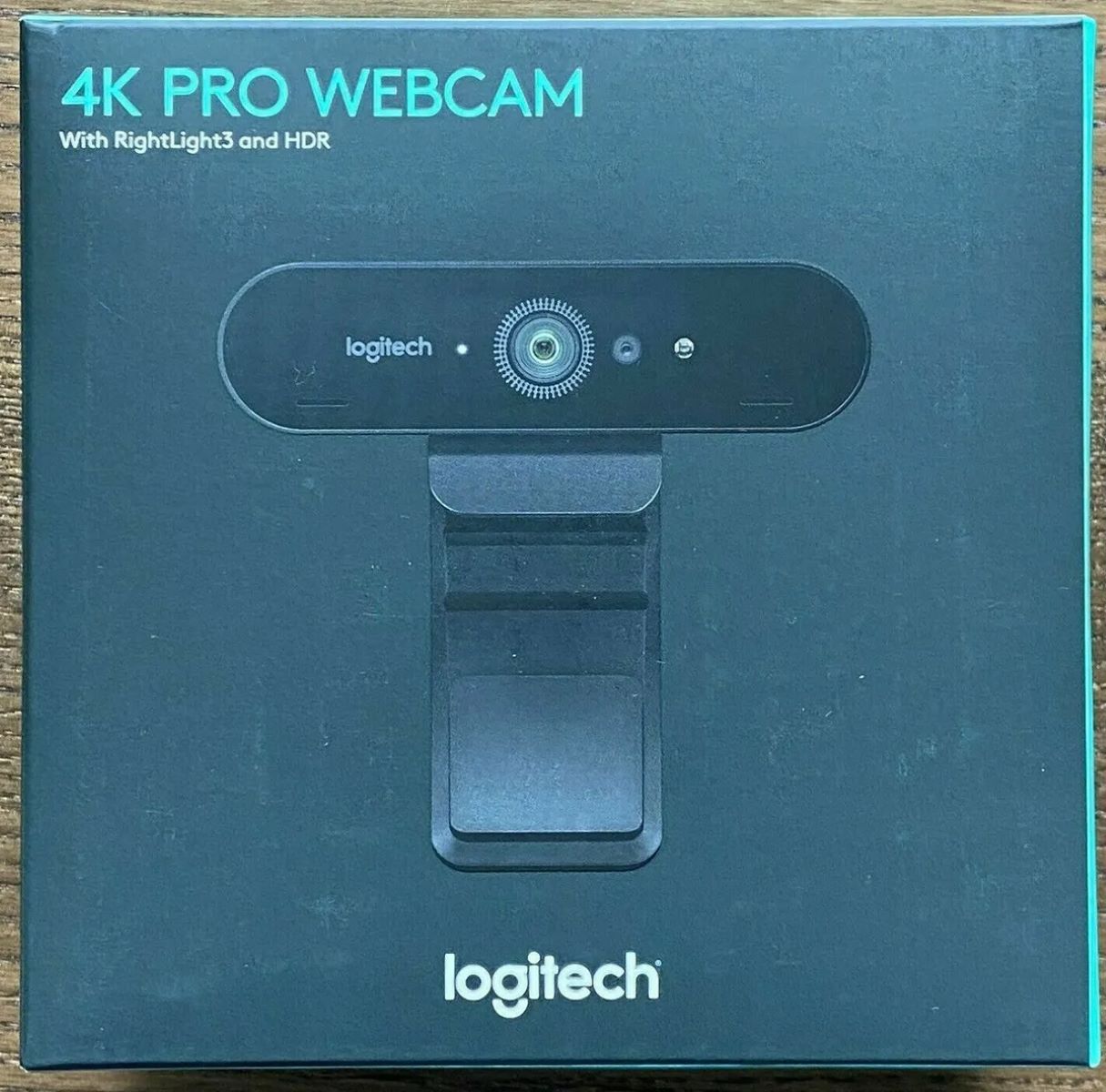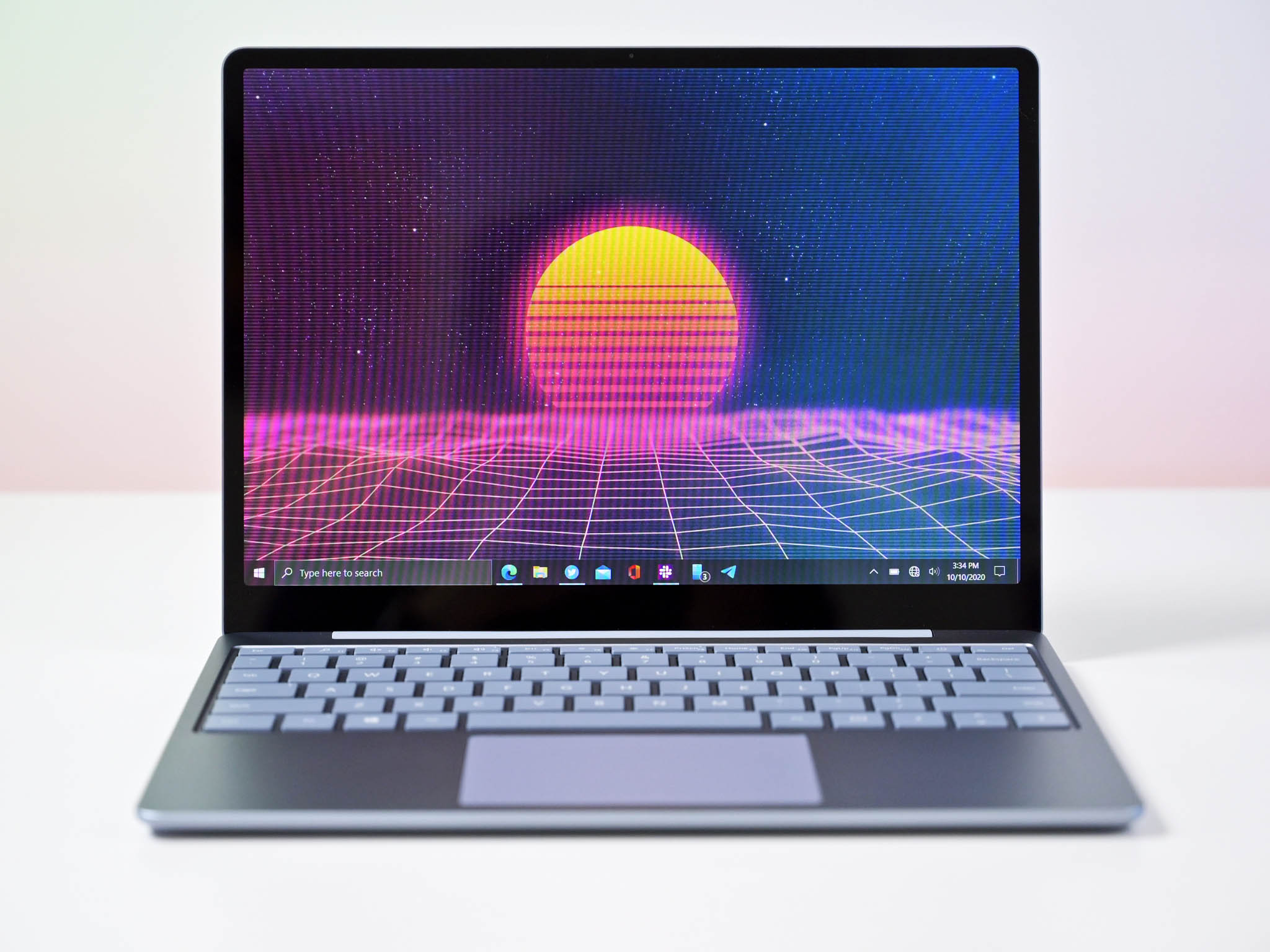Introduction
Every Windows 10 installation comes with a unique product key that is essential for activation. This product key serves as a digital signature for your operating system, allowing you to prove that you have a legitimate copy of Windows 10. While the product key is usually entered during the installation process, there may be instances where you need to view it after the installation is complete.
Knowing how to view your Windows 10 product key can be helpful, particularly if you need to re-install the operating system or activate it on a different device. There are several methods you can use to retrieve your product key, each with its own advantages and limitations. In this article, we will explore four effective methods that you can use to view your Windows 10 product key.
Before we dive into the methods, it is important to note that the product key is a sensitive piece of information that you should handle with caution. You should never share your product key with anyone or post it publicly. Treat it as you would any other important password or confidential information.
Now, let’s explore the different methods that will allow you to view your Windows 10 product key.
Method 1: Using Command Prompt
One of the easiest ways to view your Windows 10 product key is through the use of Command Prompt. Command Prompt is a powerful tool that allows you to execute various commands and perform system tasks.
Here’s how you can use Command Prompt to retrieve your Windows 10 product key:
- Press the Windows key + X on your keyboard to open the Power User Menu.
- From the menu, select “Command Prompt (Admin)” to open Command Prompt with administrative privileges.
- Once Command Prompt opens, type the following command and press Enter:
wmic path softwarelicensingservice get OA3xOriginalProductKey
Wait for a few moments, and Command Prompt will display your Windows 10 product key.
It’s important to note that this method will only display the product key if it was entered during the installation process. If your Windows 10 installation was activated using a digital license or if it came pre-installed on your device, the Command Prompt method may not retrieve a product key.
Remember to keep your product key confidential and avoid sharing it with others. Treat it as sensitive information that should only be accessible to you.
Method 2: Using PowerShell
Another effective method to view your Windows 10 product key is by utilizing PowerShell. PowerShell is a command-line shell and scripting language built on the .NET framework, offering advanced scripting capabilities for Windows systems.
Follow these steps to retrieve your Windows 10 product key using PowerShell:
- Press the Windows key + X on your keyboard to open the Power User Menu.
- From the menu, select “Windows PowerShell (Admin)” to launch PowerShell with administrative privileges.
- Once PowerShell opens, type the following command and press Enter:
(Get-WmiObject -query 'select * from SoftwareLicensingService').OA3xOriginalProductKey
Wait for a moment, and PowerShell will display your Windows 10 product key.
Similar to the Command Prompt method, PowerShell may not retrieve a product key if your Windows 10 installation was activated using a digital license or if it came pre-installed on your device.
Remember to treat your product key with utmost confidentiality and avoid sharing it with others. Keep it secure, just like any other sensitive information.
Method 3: Using Registry Editor
Registry Editor is a powerful built-in tool in Windows that allows you to view and modify system settings stored in the Windows Registry. By accessing a specific registry key, you can retrieve your Windows 10 product key.
Follow the steps below to retrieve your product key using Registry Editor:
- Press the Windows key + R on your keyboard to open the Run dialog box.
- Type “regedit” in the Run dialog box and press Enter. This will launch the Registry Editor.
- In the Registry Editor window, navigate to the following path:
HKEY_LOCAL_MACHINE\SOFTWARE\Microsoft\Windows NT\CurrentVersion
- Scroll down on the right-hand side until you find the “DigitalProductId” entry. Right-click on it and select “Modify”.
- A new window will appear, displaying a long string of numbers and letters. This is your Windows 10 product key.
- Take note of the product key or copy it to a secure location.
Registry Editor provides a reliable method to retrieve your Windows 10 product key, regardless of the activation method used. However, it is recommended to proceed with caution when making changes in the Windows Registry, as incorrect modifications can cause system instabilities.
As always, keep your product key confidential and refrain from sharing it with others.
Method 4: Using VBScript
Another method to view your Windows 10 product key is by using VBScript, a scripting language developed by Microsoft. By running a VBScript code, you can retrieve the product key from your Windows 10 installation.
Here’s how you can use VBScript to retrieve your Windows 10 product key:
- Open Notepad or any text editor on your Windows 10 device.
- Copy and paste the following VBScript code into the text editor:
vbscript
Set obj = CreateObject(“WScript.Shell”)
r = obj.RegRead(“HKLM\SOFTWARE\Microsoft\Windows NT\CurrentVersion\DigitalProductId”)
const HKEY_LOCAL_MACHINE = &H80000002
Set obj = CreateObject(“WScript.Shell”)
obj.LogEvent vbLogInfo, r
- Save the file with a .vbs extension, for example, “productkey.vbs”.
- Double-click on the saved .vbs file to run the script.
- A pop-up message will appear, displaying your Windows 10 product key.
- Make sure to take note of the product key or save it in a secure location.
VBSript offers a straightforward method to retrieve your Windows 10 product key. However, it is important to note that this method involves executing a script, and some security software may flag it as potentially harmful. If you encounter any issues or concerns, it’s best to consult with your IT department or a trusted professional.
Remember to treat your product key as sensitive information and avoid sharing it with others. Keep it secure and confidential.
Conclusion
Retrieving your Windows 10 product key can be essential in certain situations, such as reinstalling the operating system or activating it on a different device. In this article, we explored four methods that allow you to view your Windows 10 product key.
Using Command Prompt, PowerShell, Registry Editor, or VBScript can all help you retrieve your product key. Each method has its own advantages and limitations, so it is important to choose the one that suits your needs and your level of comfort with executing commands or accessing the Windows Registry.
Remember to handle your product key with care and keep it confidential. Treat it like any other important password or sensitive information that you would not share or post publicly. By keeping your product key secure, you can protect the integrity of your Windows 10 installation.
It is worth mentioning that these methods are intended for personal use and may not be suitable for enterprise environments or systems managed by IT departments. If you are experiencing difficulties retrieving your product key or have any concerns, it is advisable to reach out to your IT support team for assistance.
We hope this article has provided you with valuable insights on how to view your Windows 10 product key. Having this information can prove to be valuable if you ever need to re-install your operating system or activate it on another device.
Whether you’re a casual user or a tech-savvy individual, knowing how to access your Windows 10 product key can give you the peace of mind and confidence in the legitimacy of your operating system.











